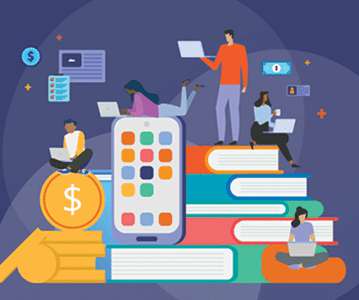4 lessons learned about AI in 2023
eSchool News
JANUARY 8, 2024
Jobs’ launch of the iPhone in 2007 led to a revolution in mobile computing. This meant that devices were somewhat affordable and that, potentially, every student could have access to one. Recent survey data shows that 90 percent of secondary students are part of a 1:1 device program. Flash-forward to March of 2020.



















Let's personalize your content